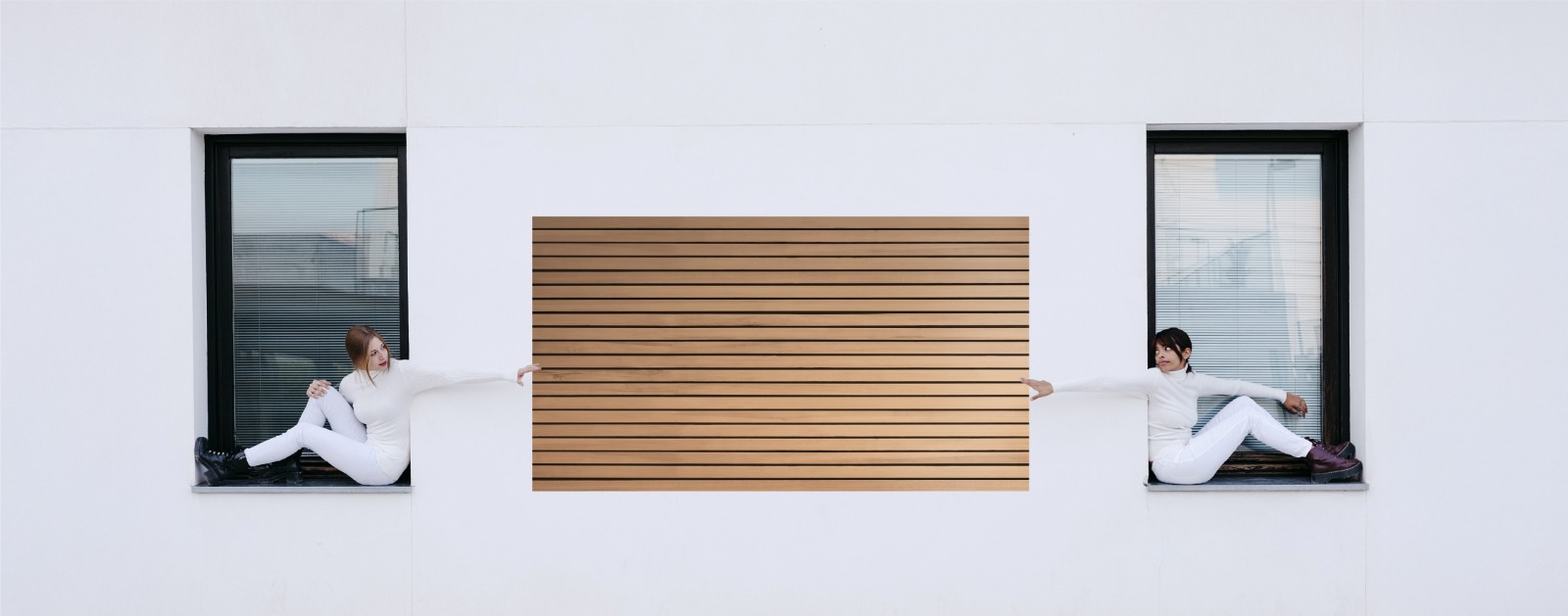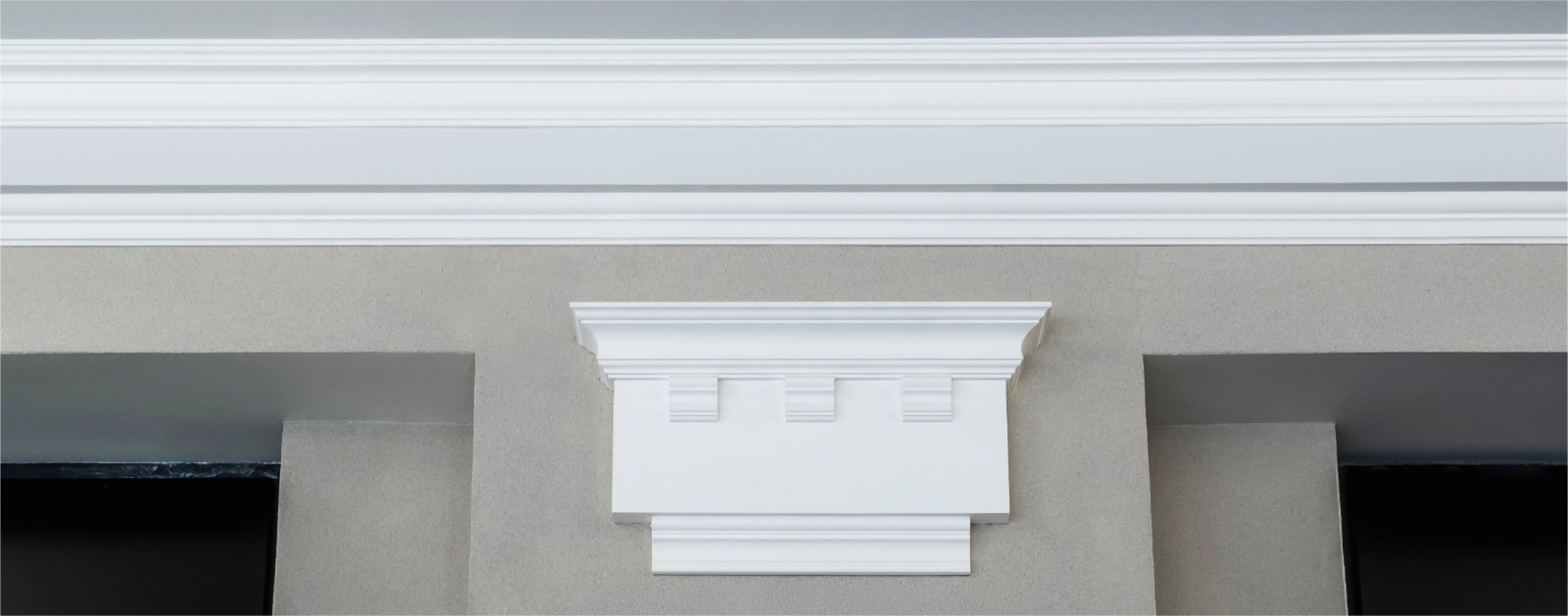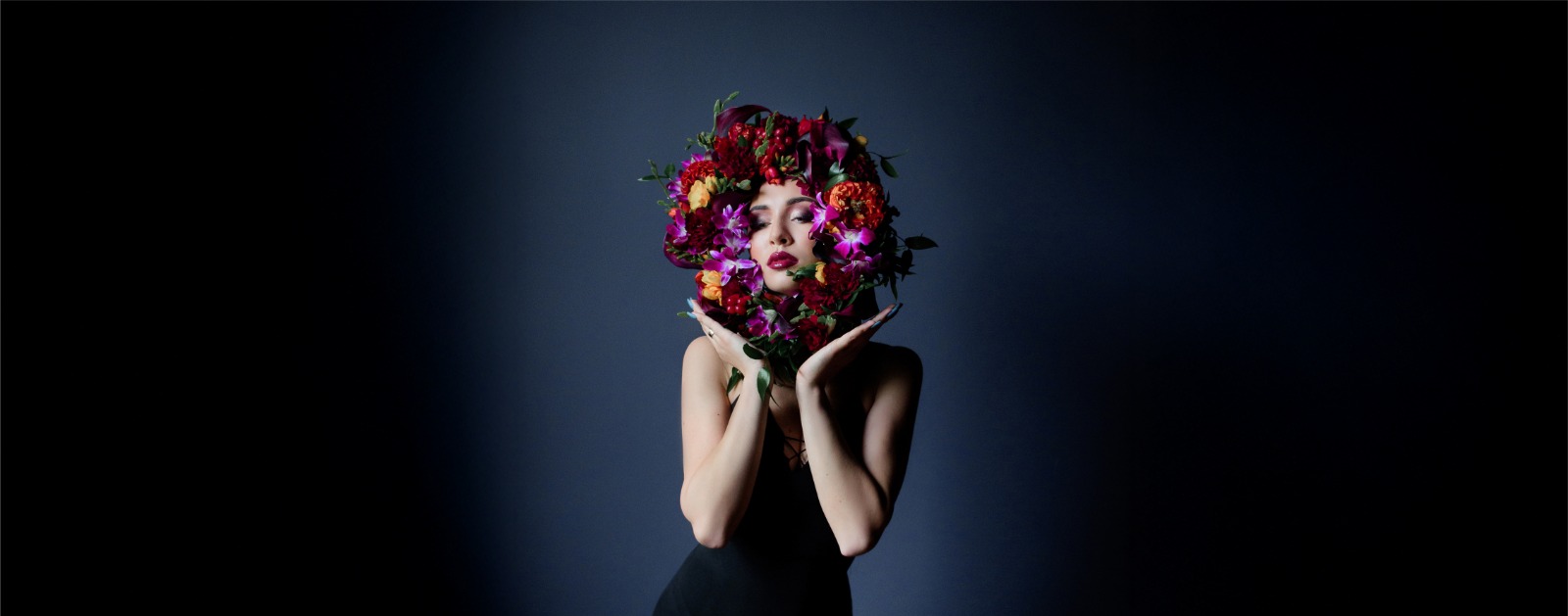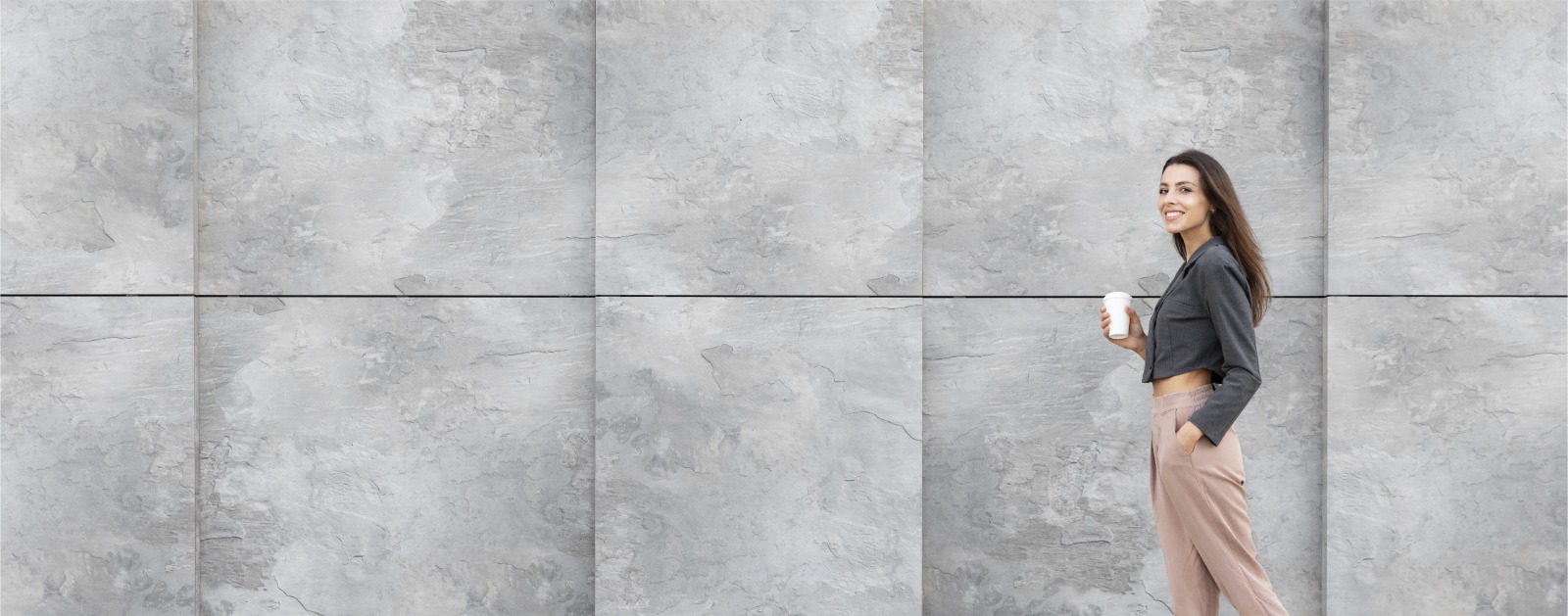
Motifs
Elevate Your Space with Timeless Motifs for Ceilings and Walls
Motifs have been a staple in home and commercial designs for centuries, providing both aesthetic appeal and cultural significance. Whether it’s the intricate patterns on the ceiling of a grand ballroom or the subtle accents on a modern living room wall, motifs breathe life into spaces. This blog post explores the different types of motifs used in interior design, focusing on ceilings and walls. We'll also cover modern trends and practical advice for incorporating these designs into your space, whether you're a homeowner looking for inspiration or an interior designer seeking new ideas.
Ceiling Motifs
Ceiling motifs can transform a plain overhead surface into a work of art. These designs are not only decorative but can also enhance the structural aesthetics of a room. One popular choice is the coffered ceiling, which features a grid of recessed panels. This style adds depth and dimension to any space. Another classic option is the tray ceiling, where the center part is higher than the surrounding area. This design creates a sense of height and openness, making it ideal for rooms that need a visual lift.
Ceiling motifs aren't just about pattern but also about material. You can choose from traditional plasterwork for a vintage look or opt for modern materials like metal or wood for a contemporary feel. The choice of material can drastically change the ambiance of the room, making it either warm and inviting or sleek and modern.
Lighting also plays a crucial role in highlighting ceiling motifs. By placing lights strategically around the motifs, you can create shadows and highlights that accentuate the design. This combination of lighting and motifs can make a ceiling appear more dynamic and engaging, adding another layer of interest to your interior space.
Wall Motifs
Walls present a vast canvas for creativity, often serving as the backdrop to any room's design. Wall motifs can be as simple as a repeating pattern or as elaborate as a mural that tells a story. Stenciling is a popular technique for wall motifs, offering precision and uniformity without the permanence of wallpaper. This method allows for easy updates and customization, perfect for those who like to refresh their space regularly.
Another popular wall motif technique is the use of decals or stickers. These are great for creating an accent wall or adding a focal point in a room. The advantage of decals is that they are easy to apply and remove, making them ideal for rented spaces or temporary installations.
Textures can also be incorporated into wall motifs, offering a tactile element that adds depth and interest. Consider using materials like stone, brick, or wood panels to create a motif that stands out. The combination of texture and pattern can give a room a unique personality, making it cozy, rustic, or even industrial depending on your design preference.
Decorative Motifs
Decorative motifs are more than just patterns; they are the essence of the space's character. These motifs can include geometric shapes, floral patterns, or even abstract forms. Geometric motifs offer symmetry and order, which can be soothing and harmonious, making them popular in modern and minimalist designs.
Floral motifs, on the other hand, bring nature indoors, adding a touch of organic beauty to any space. These patterns can range from detailed and realistic to stylized and abstract, offering flexibility in their application. They are especially suited for spaces intended to be relaxing and inviting, such as bedrooms or sitting rooms.
Abstract motifs allow for the most creativity, providing a platform for artistic expression that can be tailored to any personal taste. These motifs can challenge traditional design conventions, adding a modern twist to any room. They work well in contemporary spaces where innovation and individuality are key.
Polystyrene Motifs
Polystyrene motifs offer an affordable and versatile option for adding decorative elements to interiors. This material is lightweight, easy to install, and can be molded into intricate designs. Polystyrene motifs are commonly used for creating ceiling medallions, cornices, and wall panels.
The primary advantage of polystyrene motifs is their cost-effectiveness compared to traditional materials like plaster or wood. They provide the look of more expensive materials without the heavy investment, making them accessible for budget-conscious projects.
In addition to affordability, polystyrene motifs are also known for their durability. They resist moisture and pests, making them suitable for a variety of environments including kitchens and bathrooms. This resilience ensures that your decorative motifs will maintain their beauty over time, even in less-than-ideal conditions.
What is Ceiling Decoration Called?
Ceiling decoration is generally referred to as "ceiling ornamentation" or "ceiling treatment." This can include any decorative work applied to a ceiling, such as painting, molding, and installation of motifs. The purpose of ceiling decoration is to enhance the architectural interest of a room and often serves as a focal point in large spaces.
Traditionally, ceiling decoration was a hallmark of grand architecture, seen in palaces and cathedrals. Today, these techniques have been adapted for modern interiors, providing elegance and sophistication without overwhelming the space. From minimalist designs to opulent frescoes, ceiling decoration continues to be a valued aspect of interior design.
The terminology can vary slightly based on the specific type of decoration. For instance, when discussing painted ceilings, terms like "fresco" or "mural" might be used. Meanwhile, architectural features like beams or coffered panels are often included under terms like "ceiling structures" or "architectural ceiling features."
What is the Best Type of Ceiling?
Choosing the best type of ceiling depends on various factors, including the architecture of the building, the room's function, and personal preference. Coffered ceilings are often praised for their ability to add depth and architectural interest, making them a popular choice for formal areas like dining rooms and libraries.
For a more modern look, stretch ceilings offer a sleek, smooth surface that can be customized with colors or printed designs. These are particularly favored in contemporary homes and commercial spaces for their clean lines and versatility.
Suspended ceilings, commonly used in commercial settings, provide functional benefits such as easy access to wiring and ducts, along with soundproofing capabilities. They are increasingly being used in home theaters or studio spaces where acoustics are important.
What is the Difference Between Ceiling and Ceiling Math?
While “ceiling” in architecture refers to the overhead interior surface of a room, “ceiling math” is a mathematical term related to functions. In mathematics, the ceiling function rounds a number up to the nearest integer. For instance, the ceiling of 4.3 is 5.
In interior design, ceiling treatments and ceiling architecture can influence room acoustics and lighting, while in math, the ceiling function affects numerical precision in calculations. Both uses of the term "ceiling" have their distinct applications and should not be confused.
Understanding these differences is crucial for professionals working across fields, ensuring clarity whether dealing with architectural designs or numerical computations. Each domain applies this concept uniquely, contributing to its respective field’s functionality and aesthetics.
What Ceilings are in Fashion?
Modern trends in ceiling design reflect a shift towards simplicity and functionality. Minimalist ceilings with concealed lighting and integrated technology are increasingly popular, offering a clean and uncluttered look. These designs complement the sleek lines of modern architecture and cater to the growing demand for smart homes.
Eco-friendly materials are also in vogue, with sustainable woods and recycled metals being used to create environmentally conscious ceiling designs. These materials not only reduce environmental impact but also contribute to a natural aesthetic that is both calming and beautiful.
Additionally, the use of bold colors or textures on ceilings is gaining traction as a way to add personality and character to a space. By transforming the ceiling into a feature rather than just a backdrop, designers can create unique and memorable interiors that stand out.












